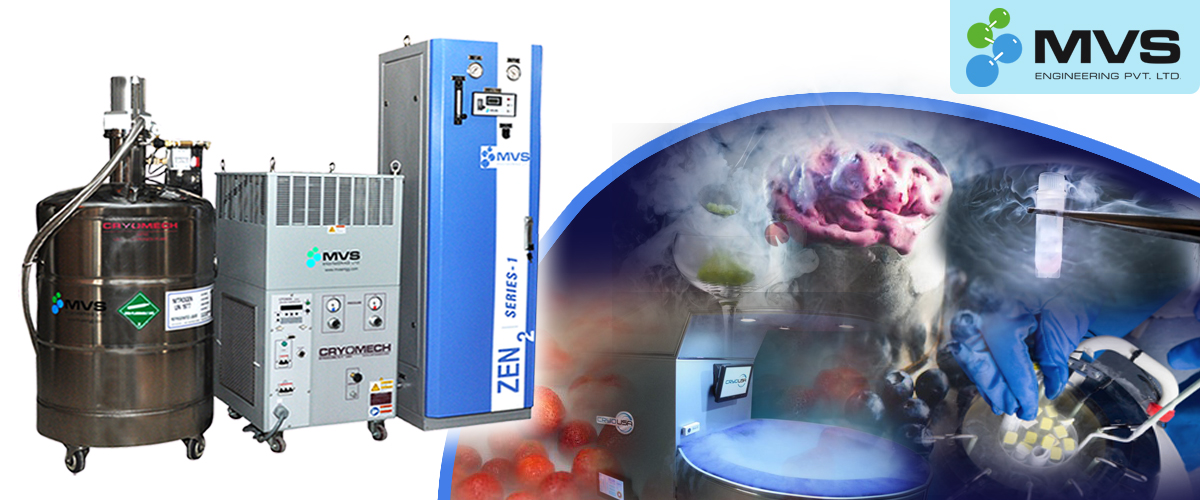A form of the element nitrogen, liquid nitrogen is extremely cold, used for numerous applications, and requires careful handling. Here we have listed liquid nitrogen applications and safety tips that the user should keep in mind while handling it.
What are the applications of liquid nitrogen?
Based on its low reactivity and very low temperature, liquid nitrogen is used for many applications.

1. IVF It is used for the cryopreservation of biological samples such as eggs, sperm and embryos to preserve them.
2. Cryotherapy In cryotherapy, the body is exposed to extremely cold temperatures for some time. It helps in treating skin abnormalities. This therapy is also given to athletes to reduce arthritis pain and numbing any pain that occurred due to an injury.
3. Machines It is used as a super coolant in vacuum pumps, superconductors and other equipment.
4. Hotels It is widely used in hotels to immediately freeze the liquid or prepare instant ice-creams. Nowadays, instant ice-cream formation that we all have seen in real or online also needs liquid nitrogen as it instantly freezes the mixture required in making ice-creams.
5. Research Because of its characteristics, liquid N2 is used in various research and development activities.
Liquid Nitrogen safety
For people working with liquid nitrogen, taking a number of precautions should be paramount.
1. Liquid nitrogen is extremely cold If it comes in contact with living tissue, it can cause severe frostbite. So the user needs to wear proper safety gear to prevent inhalation of the extremely cold vapour. The user should also cover the skin entirely while handling the liquid N2 to avoid exposure.
2. Be aware of the bursting and explosion Liquid nitrogen boils in a flash. In its state change, when it converts from liquid state to gaseous form, it releases a lot of pressure rapidly. If the liquid N2 is enclosed in a sealed container, the container may burst or explode. The user has to be cautious while handling it.
3. Large quantity of nitrogen should not be released into the air When a large amount of nitrogen is released into the air, it reduces the oxygen level in the atmosphere, increasing the asphyxiation risk. Liquid nitrogen should be used in a well-ventilated area.

